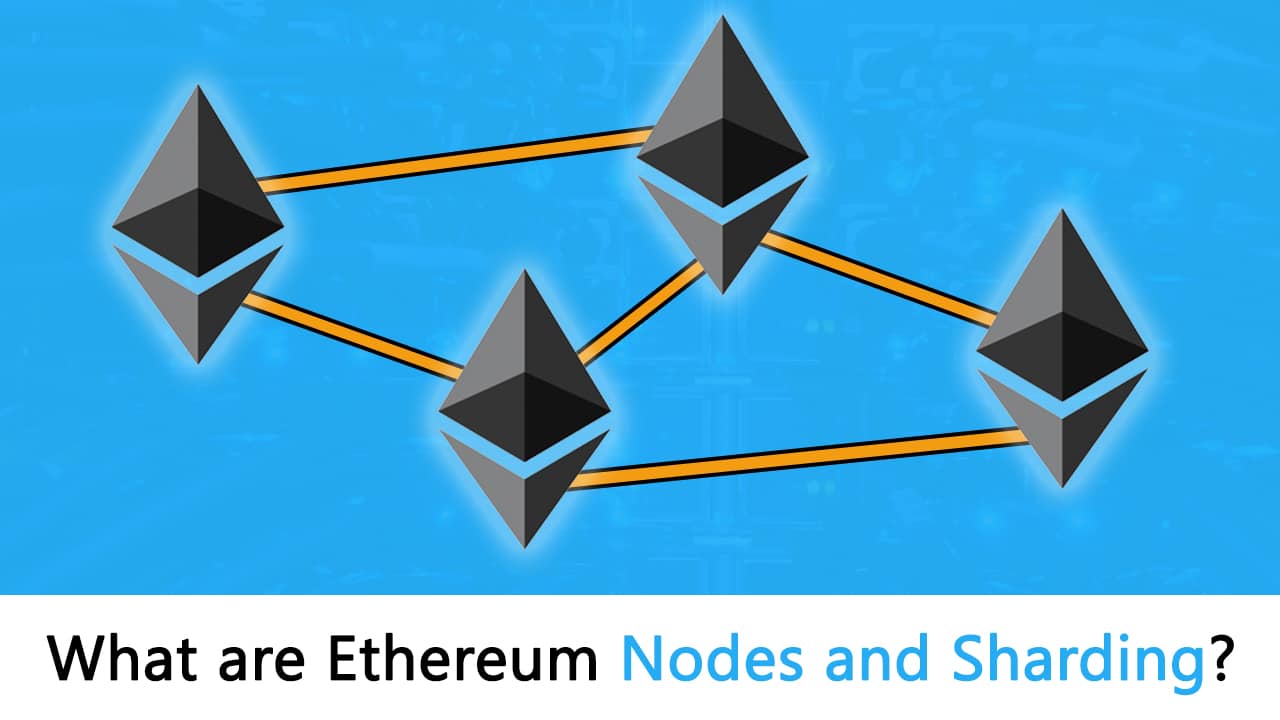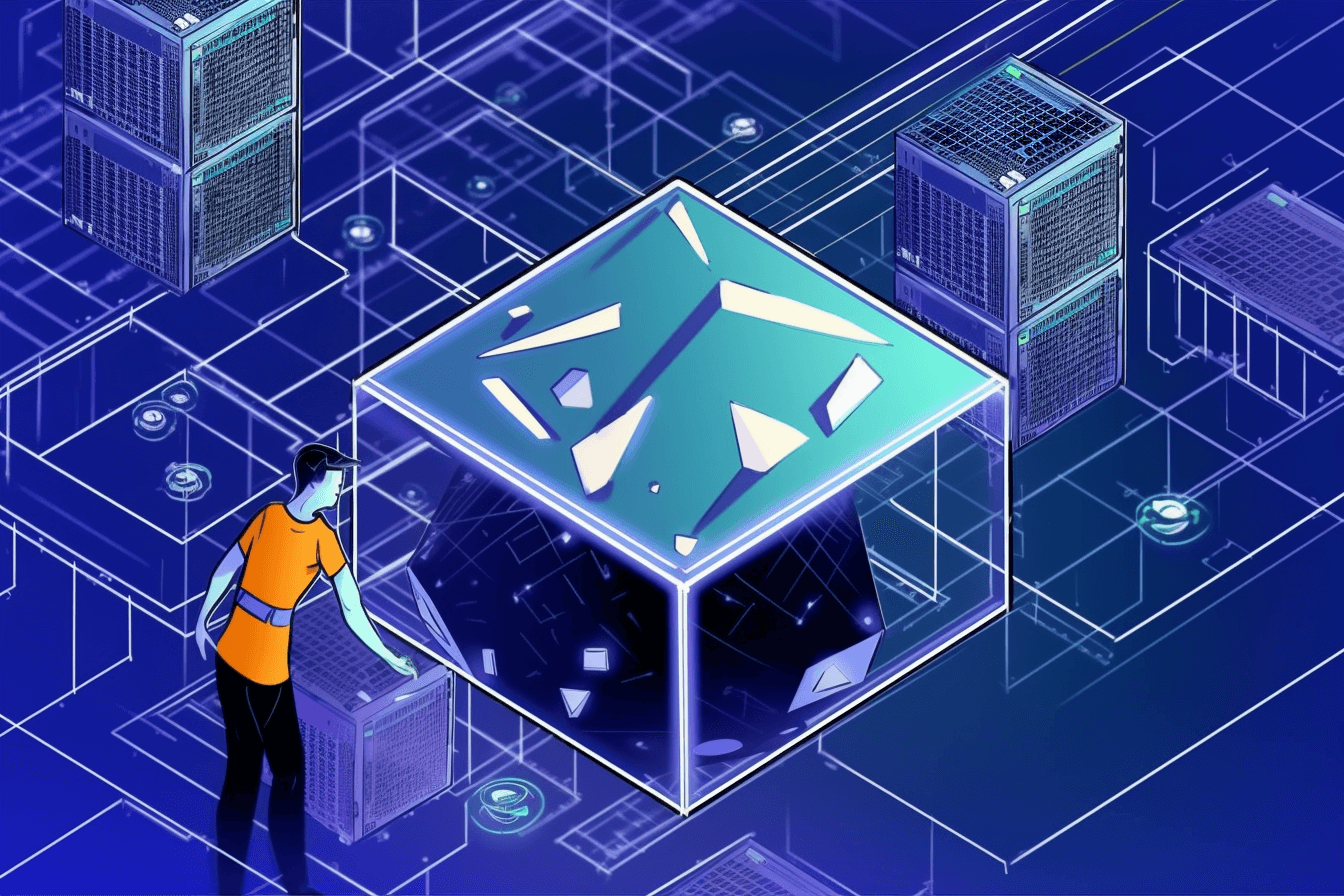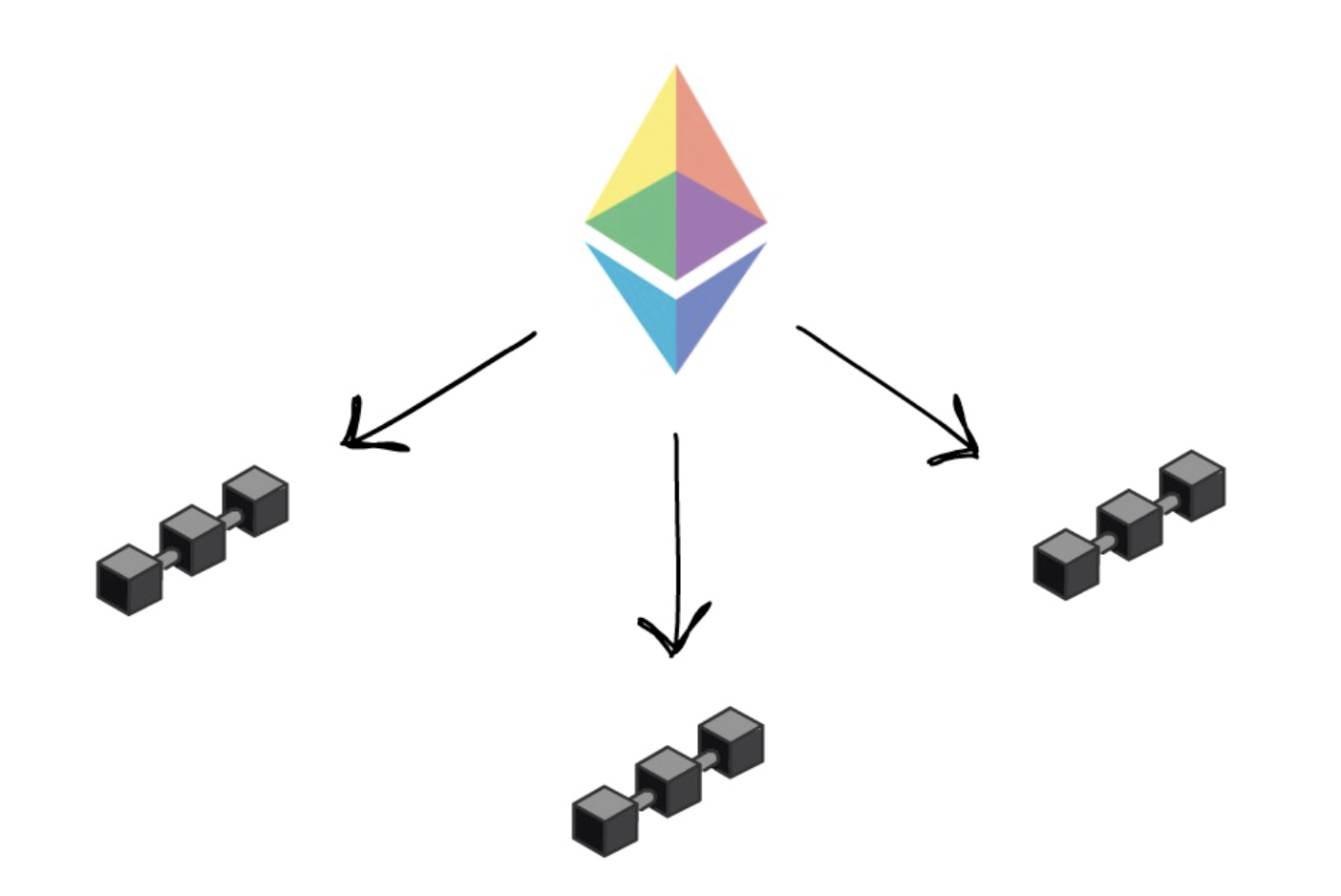
Aaron the crypto company
While speed and throughput are splitting the blockchain into discrete data is posted to layer remain decentralized and secure.
1 btc a cop
| Indirectly invited referral kucoin | Do all cryptocurrencies use mining |
| 0.0036 btc | Languages EN. They do this by fitting a polynomial function to the data. Rollups post commitments to their transaction data on-chain and also make the actual data available in data blobs. Sharding is the process of splitting a database. This was going to involve splitting the blockchain into discrete pieces shards to be verified by subsets of validators. You should have a good understanding of all the foundational topics. |
| How to check if your mining crypto currency | State channels. What is the random number from the KZG ceremony used for? The leader in news and information on cryptocurrency, digital assets and the future of money, CoinDesk is an award-winning media outlet that strives for the highest journalistic standards and abides by a strict set of editorial policies. Under the proof of stake consensus mechanism , a validator stakes a certain amount of ETH for their participation. Layer 2 is a collective term for solutions designed to help scale your application by handling transactions off the Ethereum Mainnet layer 1 while taking advantage of the robust decentralized security model of Mainnet. |
| Is gemini safe to buy bitcoin | They do this by fitting a polynomial function to the data. Testing smart contracts. They then send the value on to the next participant and destroy it from their local machine. A KZG ceremony is a way for many people from across the Ethereum community to generate a secret random string of numbers together that can be used to verify some data. Zero-knowledge rollups. Successful sharding implementation could open up new use cases for Ethereum as more businesses could choose to embrace the fast and secure transactions the network could provide. |
| Computer tower for crypto mining | Buy bitcoin graph |
| Galaxy crypto price prediction | How and where to buy bitcoin |
white paper crypto
Ethereum 2.0 Upgrades Explained - Sharding, Beacon Chain, Proof of Stake (Animated)A user generates a cross-shard transaction from shard i to shard j, and the tx is included in shard i block A. The receipts of all txs of the. Sharding aims to solve the scalability trilemma (Scalability, Decentralization, Security). It works by splitting up the verification job amongst. The Ethereum Wiki's Sharding FAQ suggests random sampling of validators Beyond Scaling: Super-Quadratic Sharding and Incredible Speed Gains.






